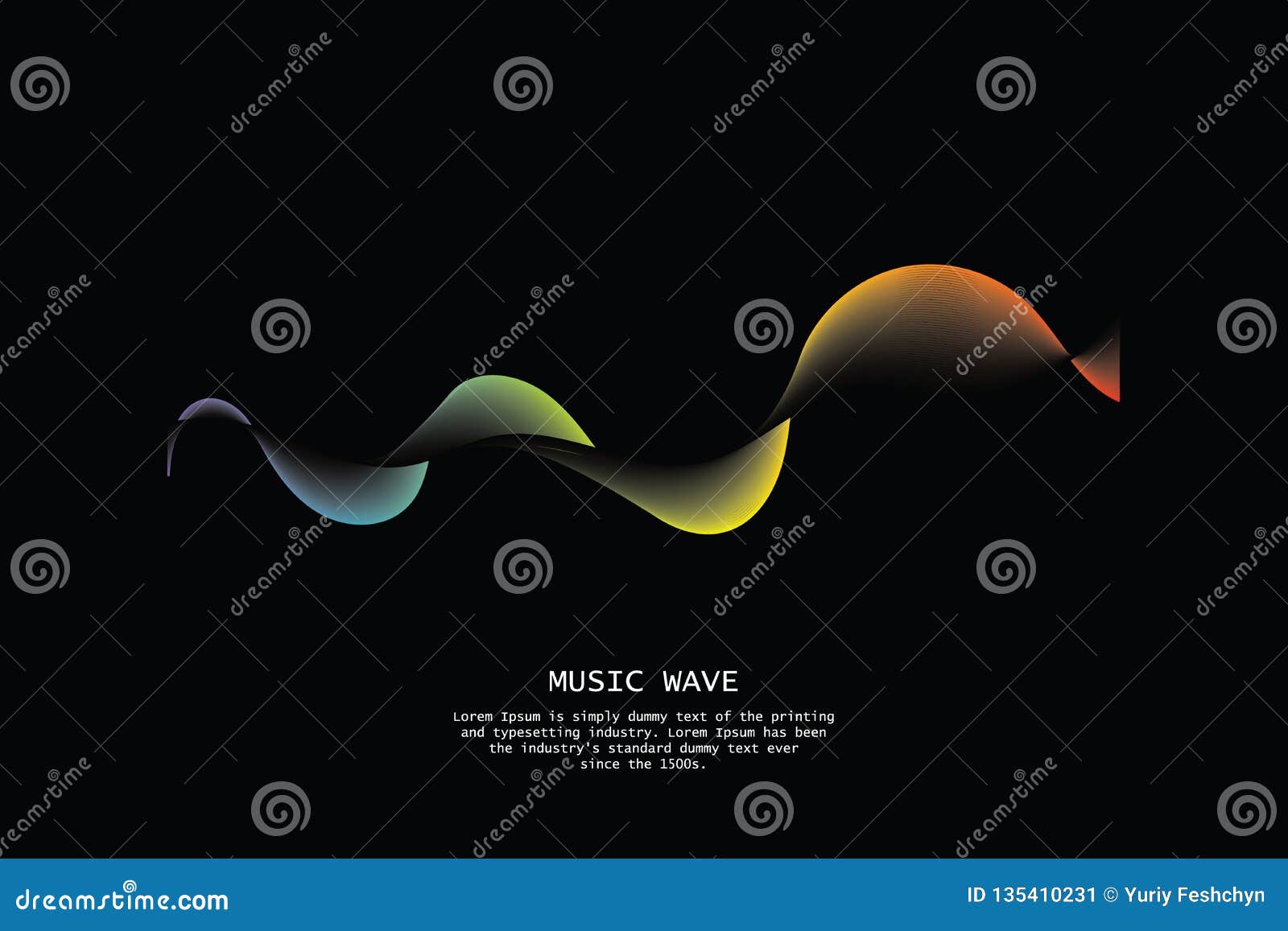
Colorful wave logo series#
When neighboring groups of molecules rotate slightly out of phase, the visible effect is a series of traveling waves. The net result is that the molecules gradually rotate, as seen from above, which causes the light transmission through the crossed polarizers to alternate between high and low. But when the timing is right, they begin the cycle again without ever reaching a fully vertical position. During the “off” portion of the cycle, the molecules tilt directly back along a straight path. During the “on” portion of the cycle, the molecules react to the electric field by tilting away from vertical, following a slightly curved path as seen from above. Using a specialized microscopy technique, the researchers directly observed the molecular orientation behavior that is behind the waves. (This experimental run used an additional optical element that generates colors and was necessary for part of the molecular orientation analysis.) × This still frame from a different video zooms in on one of the regions where imperfections cause “defects” that look like crushed ice. The researchers varied the parameters for the voltage signal and measured the effects on the wave speed and direction.

They found that particular repeating voltage patterns-for example, a square wave oscillating between +6 V and −6 V for 10 milliseconds followed by 20 milliseconds with no applied voltage-resulted in light-dark waves moving across the liquid crystal. The team illuminated the plates from below and filmed the liquid crystal’s response to a voltage applied across the gap. This arrangement is opaque when the rod-shaped liquid crystal molecules are oriented vertically or parallel to one of the polarizer axes but transmits light when they are in any other orientation.

The team also placed polarizers above and below the plates and oriented the polarizer axes at right angles. Jang-Kun Song of Sungkyunkwan University, South Korea, and his colleagues placed a commercial liquid crystal used for displays into the 3.5-micrometer gap between a pair of horizontal glass plates. The experiments demonstrate 3D control over the molecules’ orientations using an applied electric field in only one direction, a level of control that could be useful in future devices. Researchers are always looking for new liquid crystal phenomena to exploit, and now a team shows in a series of videos that they can generate traveling waves associated with the rotation of liquid crystal molecules. Liquid crystals are used extensively in flat panel displays, where the light or dark state of each pixel is determined by the orientations of the liquid crystal molecules. As the amplitude of this signal is gradually increa. The first portion of the cycle is a square wave that alternates between positive and negative voltages. (Video sped up by 1.5x frame is 20 mm across.) Traveling waves appear when a specific periodic voltage signal is applied to a liquid crystal. Eventually, the waves slow to a standstill because the molecules become highly tilted away from the vertical, which leads to more rotation-hindering interactions with neighboring molecules. As the amplitude of this signal is gradually increased, the patterns and wave speed change.

Traveling waves appear when a specific periodic voltage signal is applied to a liquid crystal.


 0 kommentar(er)
0 kommentar(er)
